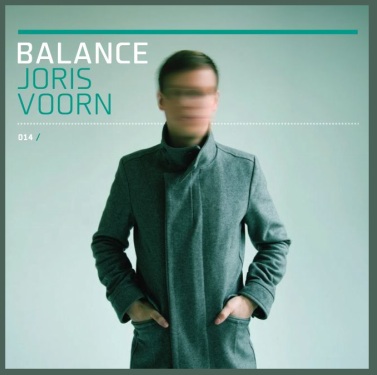“On the other hand,” said Randa, “my uncle used to say, ‘All knowledge is one,’ and he may be right. You may learn something from meteorology that will help you with your psychohistory. Isn’t that possible?” Seldon smiled weakly. “A great many things are possible.” And to himself he added: But not practical.
– Prelude to Foundation, Isaac Asimov
One of the concepts that I’ve explored over the past several years is something called a development, or advancement model. The purpose of such a model is to determine where you are in terms of an “ideal” state, and what changes you may have to employ in order to reach that state.
Since several of my recent posts have focused on digital illustration, it only makes sense to show an advancement model in this area. On the left side of this model is a “starting” state while the right side shows an ideal “end” state – in this case a digital matter painter (who would be employed doing matte paintings for movies, for example).

(As you can see, I am pretty far from this particular end-state!)
This is a good start, but it’s not particularly useful other than showing where one is within the advancement “spectrum”. For example, it doesn’t really tell us what we need to do to get to this ideal end-state. Here is a potential improvement:

This version highlights at least five levels of advancement one needs to achieve in order to become a professional “digital matte painter”. But this model is also rather limited in that it assumes an ideal growth path is linear – which, in many cases, it is not. In fact, sometimes the best advancement path is anything but linear! (although it can take longer to get that ideal state)
Here is an advancement model that is more dynamic and perhaps more reflective of “real-world” development:

As you can see, we’re still intent on building the skills and aptitude necessary to become a “digital matte painter” but the path is less structured and more dynamic – potentially allowing one to become an even more advanced (rounded) matte painter at the end of this “journey”. Some paths, as you can see in this visual, diverge completely from the originally defined end state.
Needless to say, this model is created partially in hindsight as one may not know all of the paths that she/he can take on this development journey. Which begs the question: if the creation of this model is partially in hindsight, what is the relevance?
The relevance of this type of advancement model is that it forces one to look at the pathway they are on to assess whether their current direction will ultimately converge towards the end state. If not, is this a temporary deviation or a permanent one? Has the goal changed? Does it make sense to reverse course and try another path?
As one gains greater knowledge about the “ideal” end state, they will have a greater ability to introduce new and alternative pathways that may help broaden their experience and understanding. Having multiple pathways is a good thing as it can provide new advancement channels to explore. The key is not to get “lost” in this “web” and ensure that the paths one follows is done with a true sense of purpose.
Advancement models are useful constructs for helping one improve in a given area, and can also help expand one’s understanding of the experiential and educational landscape associated with the core subject. Start with your career – what does your advancement model look like? What does the “ideal state” look like for you? How will you get there?








